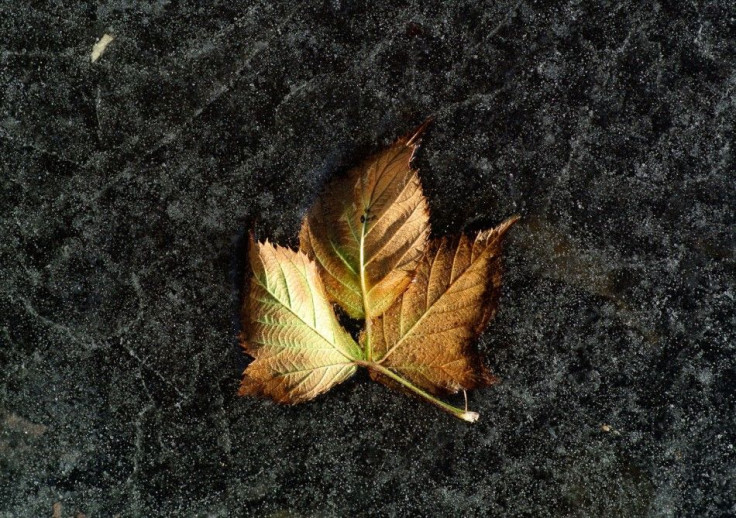Ancient Plants Brought Back to Life After 30,000 Frozen Years

Biophysicists from Russia were able to revive ancient fertile plants from the tissue materials of an old fruit that remained frozen in Siberian ice for over 30,000 years.
The team of researchers from the Institute of Cell Biophysics mentioned that the resurrected plant is, by far, the oldest viable multi-cellular organism belonging to the era of saber-toothed cats and woolly mammoths.
Led by David Gilichinsky, the team were studying the hibernation burrow of squirrels in the banks of the Kolyma River when they came across the remains of the Silene stenophylla family.
Details about the finding have been published in the recent edition of the Proceedings of the National Academy of Sciences.
The tissue material from the frozen fruit immature seeds were place under special conditions in a nutrient solution in petri dishes.
After a period of time, the immature seeds germinated into mature ones which were then planted in soils. The ones that grew roots were transferred into pots with soil and light, where they developed flowers and seeds.
According to Bloomberg, the researchers mentioned that the discovery raises the possibility of reviving other frozen organisms with prehistoric gene pools. The fruit was found preserved 124 feet (38 meters) deep in the permafrost, ice at below-freezing temperatures that hadn't melted or been disturbed since the late Pleistocene epoch.
According to the report, the ancient burrows can store as many as 800,000 seeds.
© Copyright IBTimes 2024. All rights reserved.





















